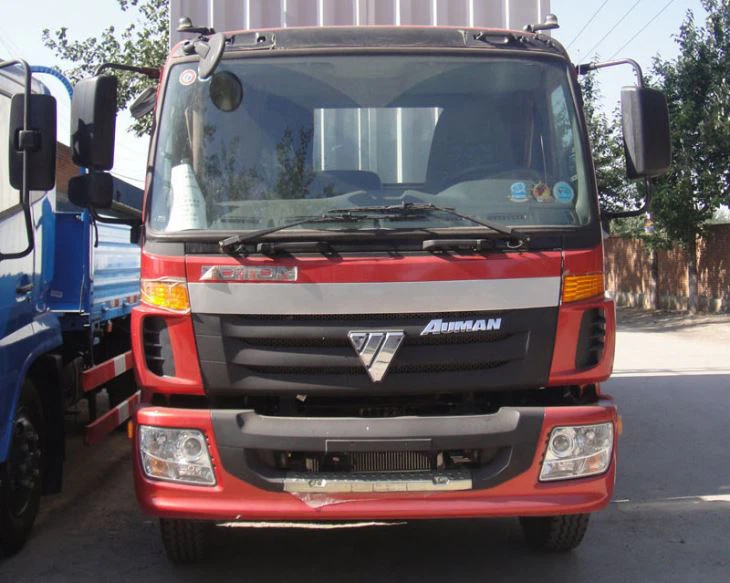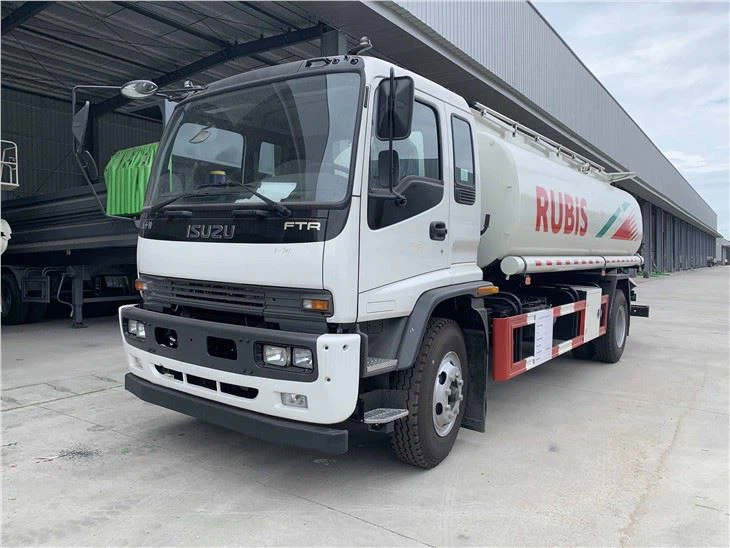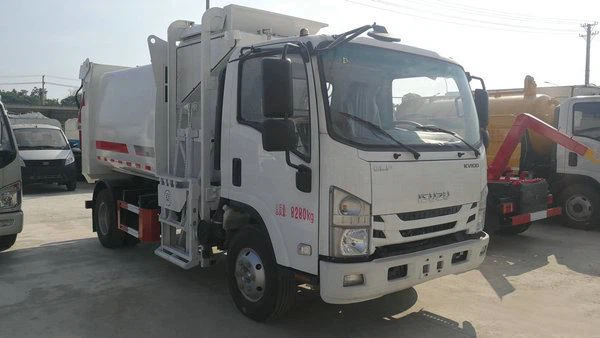Understanding Front Load Bins: A Comprehensive Guide

Front load bins are an essential element in the waste management and recycling industry. They are specifically designed for commercial use, providing efficient waste disposal solutions for businesses of all sizes. In this article, we will delve into all aspects of front load bins, including their features, benefits, types, best practices, and much more to ensure that you have all the information needed to make informed decisions.
What are Front Load Bins?
Front load bins are large waste containers utilized primarily by businesses and industries for the collection and disposal of commercial waste. They are typically accessed from the front and can be emptied using specialized garbage trucks equipped with hydraulic systems. Their design allows for easy access and efficient waste collection.
Key Features of Front Load Bins
- Durability: Made from robust materials, front load bins are designed to withstand heavy use and harsh weather conditions.
- Capacity: Available in various sizes, ranging from 2 to 8 cubic yards, allowing businesses to choose based on their waste needs.
- Accessibility: The front access mechanism allows for easy loading and unloading of waste materials.
- Customization: They can be customized with locking mechanisms, decals, and colors to suit business branding or regulatory requirements.
Benefits of Using Front Load Bins
Using front load bins can significantly improve waste management practices for businesses. Here are some of the key benefits:
1. Efficiency in Waste Collection
The design of front load bins allows for quicker and more efficient waste collection, as garbage trucks can easily access the contents without needing to manipulate the container much.
2. Space-Saving Design
Front load bins have a compact design, making them ideal for businesses with limited space. They can fit neatly against walls or in small lots.
3. Enhanced Cleanliness
These bins help to keep waste organized, reducing litter and odor problems, which creates a cleaner environment for your business.
4. Cost-Effective Solutions
Investing in front load bins can save businesses money over time by reducing the frequency of pickups and optimizing waste management processes.
Types of Front Load Bins
Front load bins come in various forms to cater to different waste disposal needs. Here are the most common types:
1. Standard Front Load Bins
The standard version is typically used for general waste, accommodating regular refuse generated by businesses.
2. Recycling Front Load Bins

These bins are designated for recyclable materials and may include compartments to separate different types of recyclables.
3. Compaction Front Load Bins
These are equipped with a compaction mechanism to compress waste, allowing for increased capacity and fewer pickups.
Choosing the Right Front Load Bin
When selecting a front load bin, consider the following:
1. Assess Your Waste Volume
Determine the average amount of waste your business generates to select a bin of an appropriate size.
2. Understand Local Regulations
Check local waste management regulations and guidelines to ensure compliance with container specifications.
3. Evaluate Container Materials
Choose the right materials based on durability and resistance to weather conditions typical for your location.
Best Practices for Using Front Load Bins
Implementing best practices can enhance the effectiveness of front load bins. Here are some tips:

1. Regular Maintenance
Keep bins clean and inspect for damage regularly to prolong their lifespan and maintain hygiene.
2. Organize Waste in the Bin
Instruct employees to organize or segregate waste properly within the bin, especially recyclables, to maximize space and efficiency.
3. Schedule Regular Pickups
Establish a regular pickup schedule that aligns with your waste generation patterns to avoid overflow or missed collections.
Common Applications of Front Load Bins
Various industries utilize front load bins for their waste management needs. Here are a few examples:
1. Retail Stores
These businesses typically generate a significant amount of waste, including packaging and damaged goods, making front load bins essential for efficient disposal.
2. Restaurants and Cafes
Dining establishments generate food waste, packaging, and other refuse, requiring a reliable waste management solution.
3. Educational Institutions
Schools and universities benefit from front load bins as they handle large quantities of waste daily from students and staff.
Cost Considerations for Front Load Bins
While front load bins can be a cost-effective solution, it’s essential to understand the costs involved:
1. Initial Purchase Price
The upfront cost of acquiring front load bins varies based on size, design, and materials. Assessing your budget and options is crucial.

2. Maintenance and Repairs
Setting aside a budget for maintenance and potential repairs will help ensure long-term usability of the bins.
3. Pickup Costs
Consider how often waste pickup services will be needed, as this will contribute to overall waste management costs.
Environmental Impact of Front Load Bins
Utilizing front load bins can contribute to environmental sustainability in several ways:
1. Facilitating Recycling
Dedicated recycling bins help businesses segregate recyclable materials, reducing landfill waste and promoting recycling.
2. Reduced Carbon Footprint
By optimizing waste collection processes, businesses can decrease the number of trips made by garbage trucks, which reduces greenhouse gas emissions.
Table: Environmental Benefits of Front Load Bins
| Benefit | Description |
|---|---|
| Waste Reduction | Encourages better waste management practices, leading to overall less waste generated. |
| Increased Recycling | Improves access to recycling, leading to higher recycling rates. |
| Energy Conservation | Efficient waste management reduces energy consumption associated with waste disposal. |
Frequently Asked Questions (FAQs)
1. What sizes do front load bins come in?
Front load bins are available in sizes ranging from 2 to 8 cubic yards, depending on the volume of waste you generate.
2. Can front load bins be used for recyclables?
Yes, there are specific front load bins designed exclusively for recyclable materials to facilitate proper segregation.
3. How do I clean my front load bin?
Regularly wash the bin with mild soap and water, and disinfect it to prevent odors and pest issues.
4. Can my business customize a front load bin?
Yes, many service providers allow customization options, including color, decals, and locking mechanisms to suit your business’s needs.
5. How often should waste be collected?
It depends on your waste volume. Regular pickups are essential to prevent overflow, often scheduled weekly or bi-weekly.
6. Are front load bins environmentally friendly?
Yes, when properly utilized, front load bins can significantly enhance recycling efforts and reduce the carbon footprint of waste management practices.
